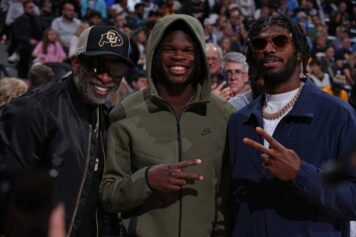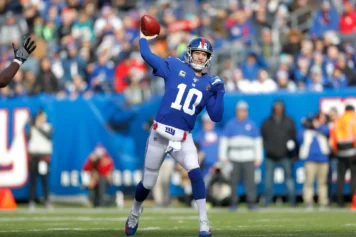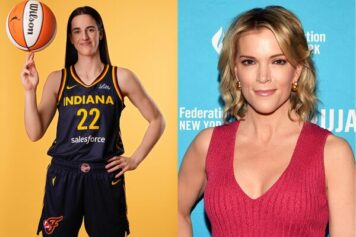As we continue our countdown of TSL's top stories of 2013, former editor Khalid Salaam's piece on The Reality of All-White Newsrooms had to make the cut. He analyzes how the perspective changes when the people telling the story come from similar backgrounds or had similar experiences. As usual, diversity is the key to getting out a more accurate portrayal of events, and the media is falling far behind. Here's a taste, but be sure to check the full version here.
Earlier this month, the American Society of News Editors released one of those reports that, when you read it, is guaranteed to illicit either a raised eyebrow or a mild expletive. The report stated that 90 percent of all newsroom editors are white. It’s not much better for magazines, networks or online properties, either.
In America, we’ve been a part of a number of progressive movements. From the Worker Rights Movement, accelerated by such events like NYC’s Triangle Shirtwaist Factory fire, to judicial measures such as Roe v. Wade.
Progress is hard work. It’s also unpredictable – you never really know when a breakthrough is about to take place. All we hear are the pre-game rumblings. The pushing force behind a lot of these changes is often media coverage – how certain events and people are construed plays a large part in the importance and urgency we accord different issues.
Whether or not you personally consider the media to have influence is largely irrelevant. All that matters is the remembrance that there are always people who rely on what others tell them, and, because of that, can be made to react on demand.
So when stories like the arrival of the British royal baby take over every mainstream news channel and website, understand that there’s an agenda at play.
When you see a masthead or an anchor desk, and are overcome with the dank smell of uniformity, the first thing you need to realize is that there was a meeting about this. None of what you see is a result of happenstance.
Every year there are media reports highlighting the lack of diversity in places like Silicon Valley and Wall St., while these same reporters actively ignore the self-assured person smirking in their hotel mirror . Truth is, progress in the media is just as bad, often held back by the same archaic constraints prevalent in other sectors of business.
Earlier this year, Richard Lapchick from the Institute for Diversity and Ethics In Sport, issued a statement stemming from his annual Racial and Gender Report Cards.
“If you look like me, you have a great chance for upward mobility in the sports departments of newspapers and dot-coms in the United States and Canada. If you are a woman or person of color, even in 2013, your chances are extremely limited.”
Lapchick’s report highlighted the lack of diversity at major and moderately sized media companies, a trend that has actually worsened over the last several years.
As a result, you have situations such as what occurred a few weeks ago at San Francisco’s KTVU, when an anchor mistakenly read racially insensitive, fake names of the pilots from crashed Asiana Airlines Flight 214.
From the Asian American Journalists Association:
KTVU touted itself as the leading source for accurate coverage of last Saturday’s Asiana crash. That boast took a major hit Friday when the station fell victim to a hoax that made a mockery of the tragedy and offended many loyal viewers. During its Friday noon newscast, the station reported that it had learned the names of the four pilots in the cockpit of the ill-fated flight, which crashed at San Francisco International Airport on July 6 and killed three passengers.
Those names were not only wrong, but so grossly offensive that it’s hard for us at the Asian American Journalists Association to fathom how those names made it on the broadcast. We choose not to repeat those names.
I’ll tell you how they made it to the broadcast. Likely, there wasn’t anyone in the room familiar enough with Asian culture to recognize that they were being hustled.
There is a notion that things can be better in terms of having diversified staffs, but it’s not something folks really think about unless they are forced. We’re only reminded during moments such as what happened in S.F. and the George Zimmerman verdict aftermath.
A lot of the national coverage was led by anchors who didn’t seem to grasp the moment. They initially framed it as just a black issue when, really, it’s also an issue about our faulty justice system. One of the main questions posed in the following days was "what do black parents tell their kids.” A question I found oversimplified. Why not ask, “What will white parents tell their kids?” Or at least “all parents.”
During production meetings, that idea probably never came up. In a room full of one-category colleagues, clichéd groupthink dominates. Just ask the White House press corps.
The Shadow League’s creation is a direct response to this often myopic view prevalent in the media. Being that we here at TSL respond to events from a black perspective, the majority of our staff is black. Even with that, one of our three editors, as well as several of our contributors, are white, because we understand the importance of divergent thinking.



